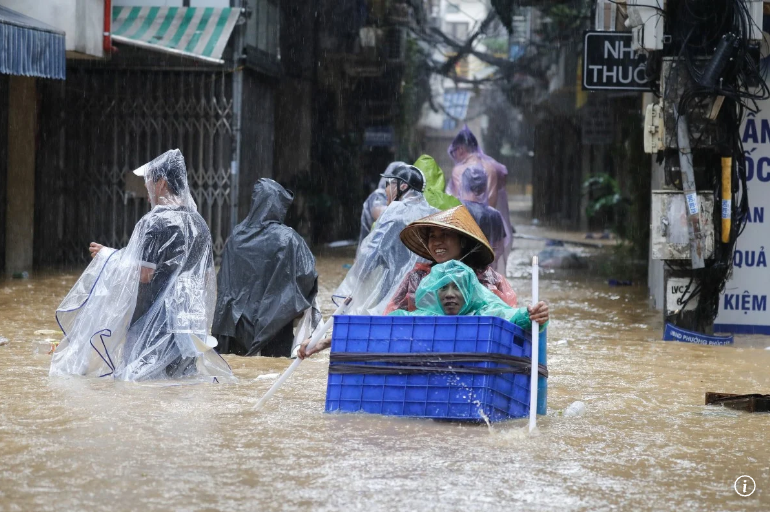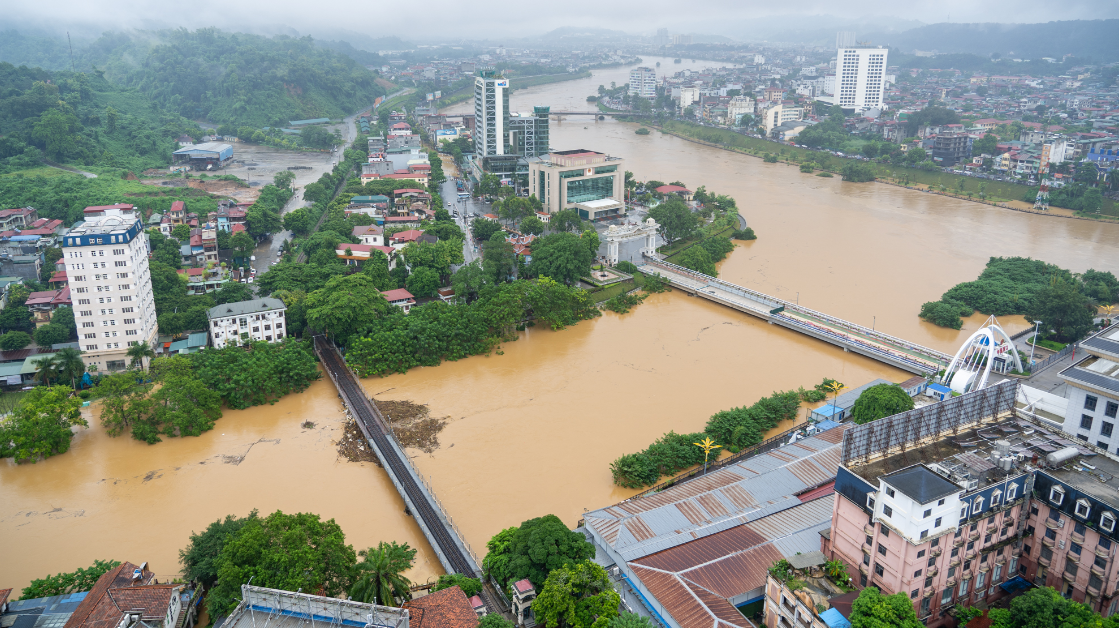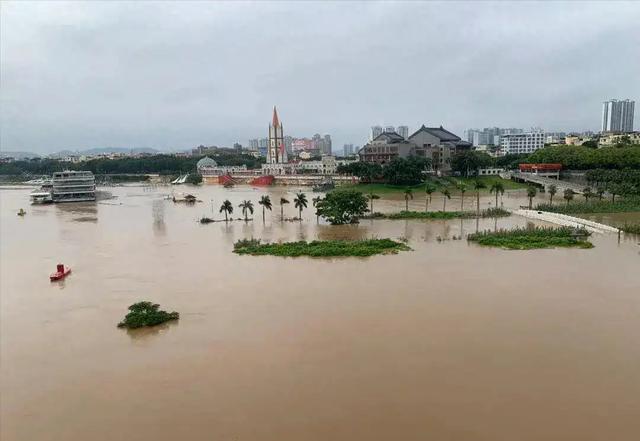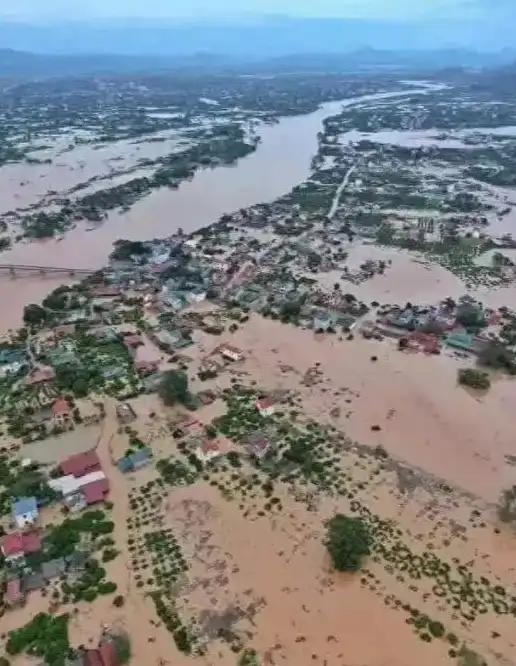China, Viet Nam join hands in flood response
“These days, owing to Typhoon Yagi, the border areas between China and Viet Nam were hit by severe flooding. China and Viet Nam maintain close and sound communication on flood response cooperation,” said Chinese Foreign Ministry spokesperson Mao Ning on September 11.

A neighborhood in Hanoi suffers from floods following Typhoon Yagi.
Viet Nam’s Foreign Ministry made request to China via the Chinese Embassy in Hanoi on September 9, asking China to closely coordinate in flood prevention and control, following Typhoon Yagi.
To support Viet Nam’s relief efforts in Hanoi, China is mitigating the flood by storing water in the hydropower stations on the Yuanjiang-Honghe River in Yunnan province. As of now, the two hydropower stations on the river’s upper reach have not discharged flood, and there is no flood discharge plan.

The China-Vietnam border area suffers from floods following Typhoon Yagi.
“We will continue to make full use of relevant hydropower stations to regulate water flow and store water for future supply and jointly address the natural disaster,” added Mao Ning.
Actually, China and Vietnam are interdependent in flood response. While Hanoi in north Vietnam could be affected by water discharged from the upper reach of the Yuanjiang-Honghe river, Nanning in south China is vulnerable to water discharges from the Tả Giang-Zuojiang river.

Nanning suffers from floods following Typhoon Yagi.
Partly due to the severe floods in northern Vietnam, the Chinese city Nanning that lies on the lower reach of Tả Giang has become a veritable "water town", with the city's Yongjiang river ushering in a record-high water level on September 12.
The Vietnamese hydrological data and other in-time information hold key to Nanning’s flood response.

Nanning suffers from floods following Typhoon Yagi.
Sources: Chinese Foreign Ministry, Yunnan Daily and others; Trans-editing by Wang Shixue








